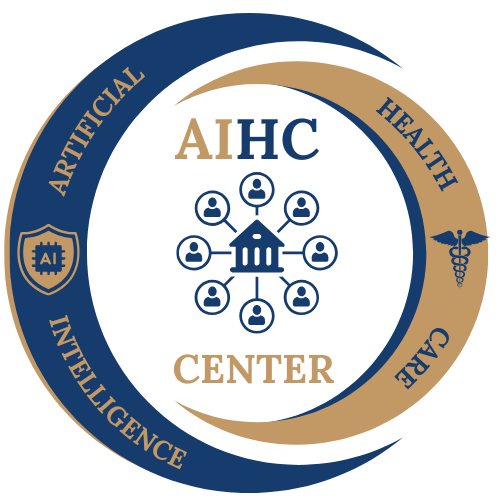The integration of Artificial Intelligence (AI) into the field of radiology has significant implications for radiographers and other professionals in the medical imaging arena. Understanding the role, capabilities, and limitations of AI can help radiographers adapt to this emerging technology and continue to provide high-quality patient care. Here are some reasons why a radiographer should know about AI in radiology

The basics for radiographers
Enhanced Image Interpretation
AI algorithms can assist in the rapid and accurate interpretation of medical images, potentially identifying abnormalities that might be missed by human eyes. Understanding how these algorithms work can help radiographers make better-informed decisions about image acquisition and quality.
Workflow Optimization
AI can help automate routine tasks like image sorting, annotation, and preliminary reporting, thereby allowing radiographers to focus on more complex tasks. Understanding AI-based workflow solutions can empower radiographers to become more efficient and effective in their roles.
Quality Control
AI algorithms can help in quality assurance by flagging poor-quality images before they are reviewed by radiologists, reducing the rate of recalls and additional imaging. Radiographers who understand these capabilities can better integrate them into their daily workflow.

Skill Enhancement
AI tools can serve as educational resources for radiographers, helping them to learn and improve their interpretive skills by comparing their readings with those of the AI algorithms.
Ethical and Legal Implications
Understanding the ethical and legal implications of using AI—including issues related to patient consent, data privacy, and algorithmic bias—is crucial for responsible practice. Radiographers need to be educated on these matters to navigate the complex ethical landscape effectively.
Team Collaboration
Radiologists, radiographers, and other healthcare providers must work in tandem to get the most benefit out of AI technologies. A radiographer who understands AI can communicate more effectively with other team members and contribute to collaborative decision-making.
Career Development
As AI technologies continue to evolve, there will be a growing need for radiographers who are trained in AI tools and techniques. Investing time in learning about AI can provide radiographers with valuable skills that are increasingly in demand.
Patient Education
Patients may have questions or concerns about the role of AI in their medical imaging studies. A knowledgeable radiographer can offer informed answers and reassure patients about the technology’s role in their care.
Keeping Up with Industry Trends
The healthcare landscape is ever-changing, and radiology is no exception. Keeping up-to-date with advancements in AI is vital for staying relevant in the field.



